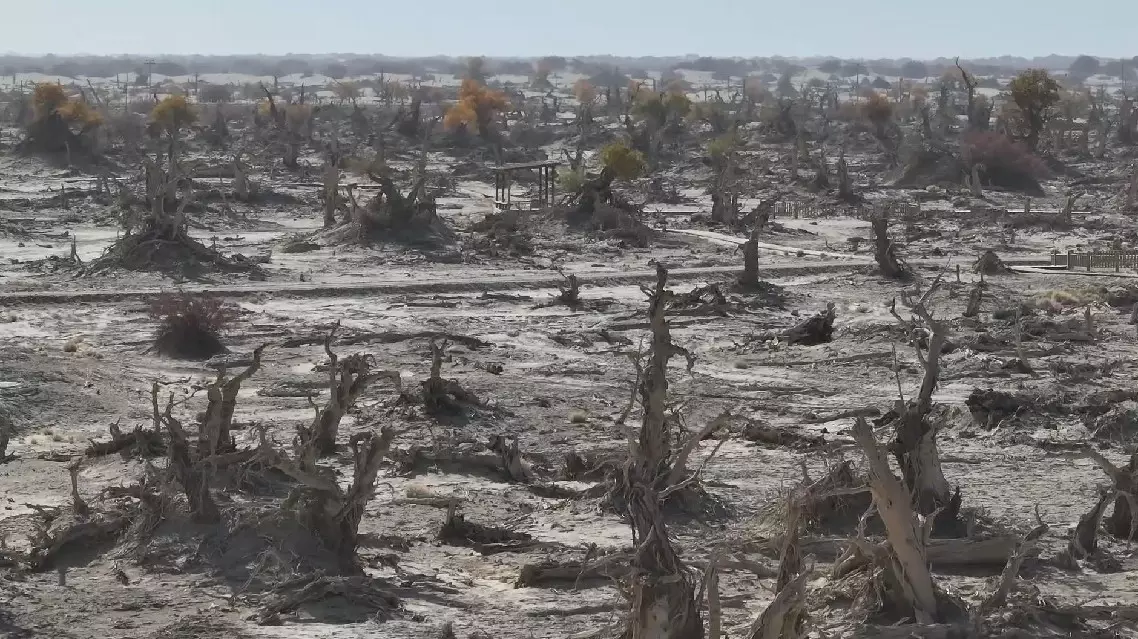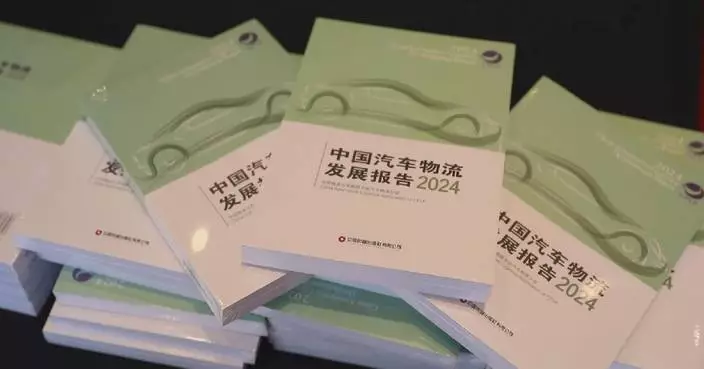Global exhibitors from some of the world's largest and smallest economies have found opportunities to tap into the vast potential in the Chinese market through the seventh China International Import Expo (CIIE), which wrapped in Shanghai on Sunday.
Exhibitors at the American Food and Agriculture pavilion saw a robust start at the five-day event.
Covering over 240 square meters, the American Food and Agriculture Pavilion featured 14 exhibitors, including state representatives, national trade associations, food manufacturers and export packaging companies. The pavilion showcased the diversity of the American food industry, displaying a range of products such as beef, wine, potatoes and pet food.
Jason Hafemeister, acting deputy undersecretary for trade and foreign agricultural affairs at the U.S. Department of Agriculture (USDA), said that nowadays, an increasing number of American companies are accelerating their understanding of China and entering the Chinese market through the CIIE. He believes that there will be more space for space in the agricultural sector between China and the United States in the future.
"Very satisfied. What I was able to do this week was to oversee some signing of contracts between Chinese businesses and U.S. exporters and to see the culmination of our work in opening the market and promoting the market in the signing of contracts. It is really a real special thing about CIIE, really a highlight for us," Hafemeister said.
"Agriculture has been a very big success story in the U.S.-China relationship, there's a natural fit between the U.S. and China in the food and agriculture space. It's a pretty big market. There's not many bigger -- a billion people all in one country, in one economy. And it's a growing economy. China and people are consuming more better foods, so China is an attractive place for us to do business. So we think there's room to grow in the China market, and it has great potential for the United States," he said.
From Nov. 5 to 10, these exhibitors signed 11 deals with a total trade value of 711 million U.S. dollars, a 41 percent increase in value compared to the sixth CIIE, according to the American Chamber of Commerce in Shanghai (AmCham Shanghai).
Despite a challenging global environment and lackluster economic recovery, the CIIE, held once a year since 2018, has been a testament to China's determination to open its door wider. Notably, U.S. firms have since the first edition been at the forefront in terms of exhibition area and exhibitor numbers.
Over the past 45 years, bilateral trade between China and the United States has seen an over 200-fold expansion. More than 70,000 U.S. companies have invested and operated in China, according to China's Ministry of Commerce.
In addition to economic behemoths like the United States, the CIIE welcomed exporters from numerous small countries. From the Cook Islands in the South Pacific, a wide range of products including ukuleles, black pearls and vanilla proved highly popular.
Lorna Napa, a business advisor for the Commerce, Trade and Investment Commission of the Cook Islands, expressed her anticipation for more of the country's products to appear on the Chinese market soon.
"It has been a really good experience. It's very exciting for me and also for these small businesses, who will get the opportunity to try and export internationally from the Cook Islands. We are very, very grateful and the people of China have helped our small nation in bringing us here and also to showcase to you what the Cook Islands has to offer in hope of preparation for next year," said Napa.
The CIIE is the world's first national-level exposition dedicated to imports. Running from November 5 to 10 under the theme of "New Era, Shared Future," the 7th CIIE has attracted participants from 152 countries, regions and international organizations to participate in its country exhibition and business exhibition.

Countries of all sizes see vast potential in Chinese market at import expo









